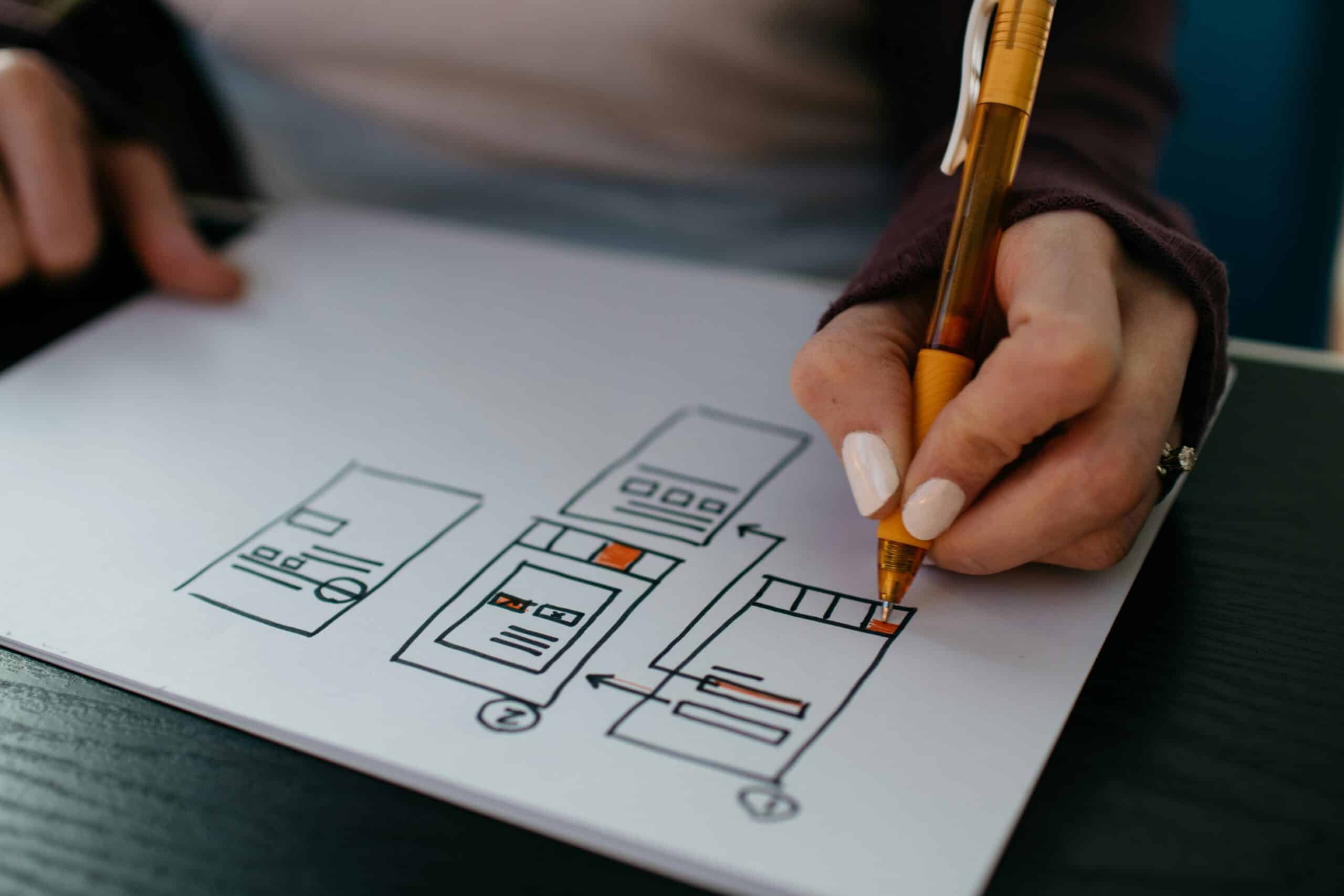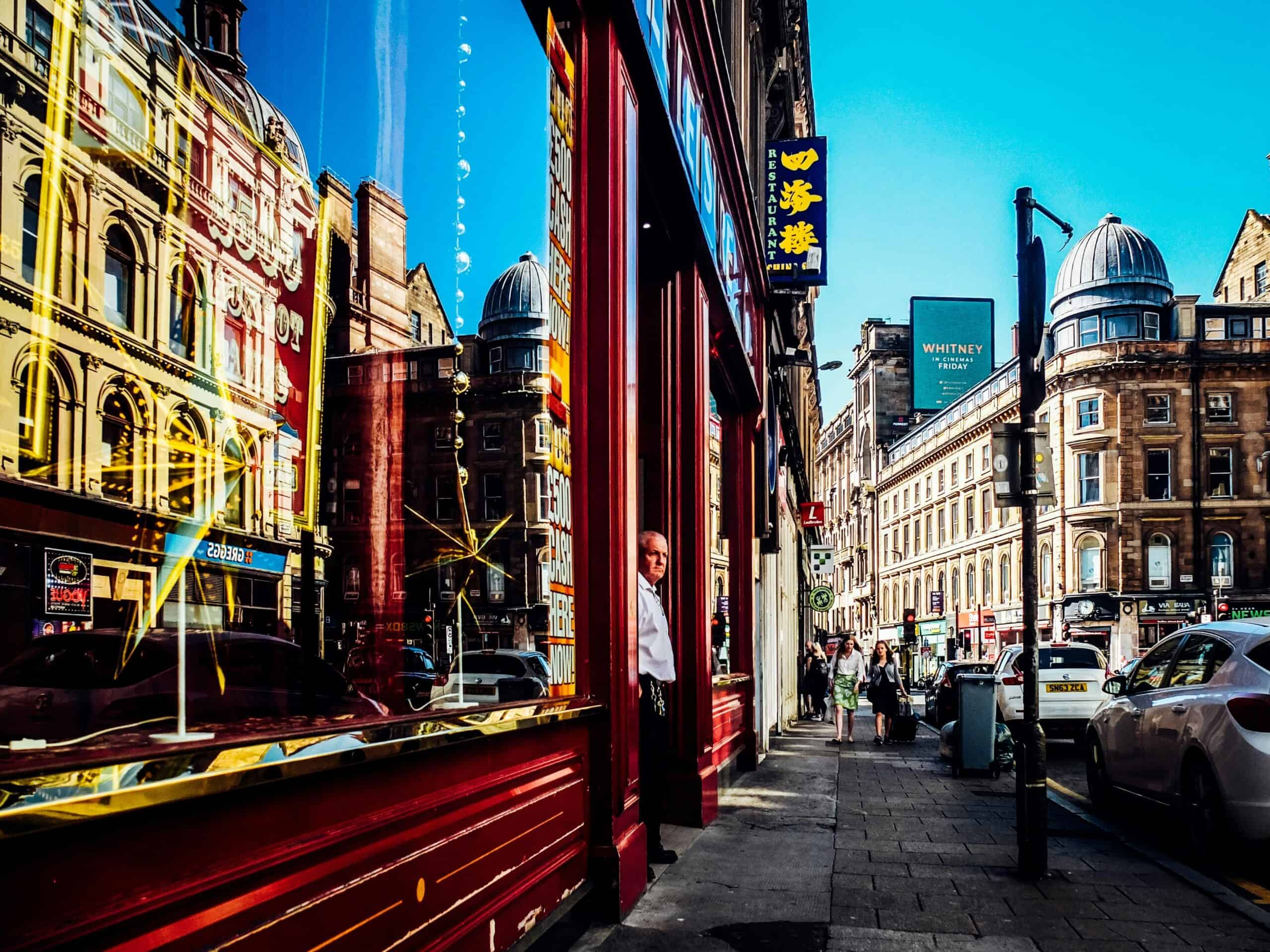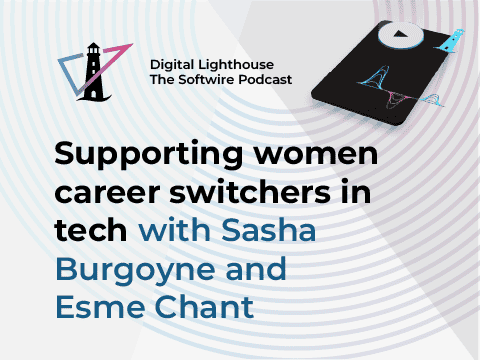
With Softwire’s popular Design & Research Internship in full swing, UX designer (and program graduate) Panashe Chibamu shares her career switch experience with a clear message: anyone can do it!
From Architecture to UX Design: finding my pace in a new career
A few years ago, I designed physical spaces as a Part I Architectural Assistant. Now, I design digital experiences as a UX Designer at Softwire. This transition turned out to be a more natural fit than one might expect.
Architecture & UX: more similar than you think
At their core, both disciplines revolve around:
- Understanding user needs
- Balancing aesthetics and functionality (think Sullivan’s form and function)
- Iterating based on research, project constraints, and best practice design principles.
Just as architects design how people move through and occupy spaces, UX designers craft how users flow through a product. The structured, problem-solving mindset I developed in architecture has been invaluable in UX. Only now, instead of designing buildings, I’m shaping seamless digital experiences.

How did I get here?
After completing my Part I Architecture degree at the Manchester School of Architecture and gaining experience at a small residential and social architectural firm, I pursued a product design course (shout out Love Circular) to broaden my skill set and challenge my approach to design. I quickly applied this newfound knowledge during the Design & Research Internship, where I was thrown into the deep end (in the best way possible!) and tasked with designing an App Clip experience.
Fast-forward 2.5 Years…
I’m now working on a project for a large public sector client, part of a wider UCD team that’s designing improvements to a significant backend portal that processes millions of applications. My main highlight has been witnessing my designs come to life, and seeing my work impact real people at scale has been incredibly rewarding.
Key Lessons from my UX journey
- User research is everything: basing design decisions on user research insights makes you a better storyteller and a stronger design advocate, especially in non-design driven spaces. It also simplifies decision-making; the data speaks for itself.
- Take on a product mindset: design isn’t just about pixel pushing, it’s about real-world constraints. Every decision impacts engineers, product teams, and business goals. Thinking holistically and opening my eyes to the cross-functional team around me has made me a better designer.
- Psychology, visual design, business analysis, strategy, and writing: all of these disciplines shape the fabric of user experience. UX design isn’t just about screens; it’s about understanding human behaviour, communicating effectively, and making informed decisions that balance user needs with business goals.
Thinking of a career in UX design?

I know it can seem daunting for anyone considering a career switch into UX, but don’t underestimate your existing skill set. You’re probably a lot more fitting than you realise.
If you want to get involved in next year’s programme, make sure you register your interest for future opportunities here.

